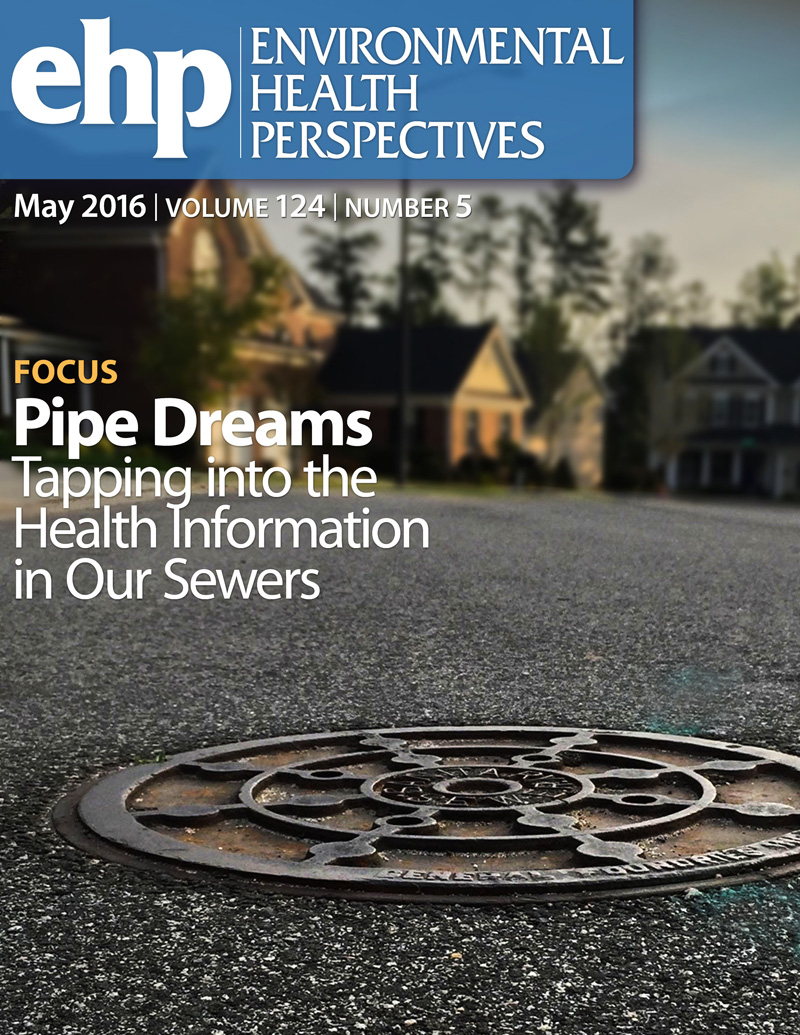Temperature, Crime, and Violence: A Systematic Review and Meta-Analysis.
IF 10.1
1区 环境科学与生态学
Q1 ENVIRONMENTAL SCIENCES
引用次数: 0
Abstract
BACKGROUND Heat is known to affect many health outcomes, but more evidence is needed on the impact of rising temperatures on crime and/or violence. OBJECTIVES We conducted a systematic review with meta-analysis regarding the influence of hot temperatures on crime and/or violence. METHODS In this systematic review and meta-analysis, we evaluated the relationship between increase in temperature and crime and/or violence for studies across the world and generated overall estimates. We searched MEDLINE and Web of Science for articles from the available database start year (1946 and 1891, respectively) to 6 November 2023 and manually reviewed reference lists of identified articles. Two investigators independently reviewed the abstracts and full-text articles to identify and summarize studies that analyzed the relationship between increasing temperature and crime, violence, or both and met a priori eligibility criteria. PRISMA (Preferred Reporting Items for Systematic Reviews and Meta-Analyses) guidelines were used to extract information from included articles. Some study results were combined using a profile likelihood random-effects model for meta-analysis for a subset of outcomes: violent crime (assault, homicide), property crime (theft, burglary), and sexual crime (sexual assault, rape). This review is registered at PROSPERO, CRD42023417295. RESULTS We screened 16,634 studies with 83 meeting the inclusion criteria. Higher temperatures were significantly associated with crime, violence, or both. A 10°C (18°F) increase in short-term mean temperature exposure was associated with a 9% [95% confidence interval (CI): 7%, 12%] increase in the risk of violent crime (I2=30.93%; eight studies). Studies had differing definitions of crime and/or violence, exposure assessment methods, and confounder assessments. DISCUSSION Our findings summarize the evidence supporting the association between elevated temperatures, crime, and violence, particularly for violent crimes. Associations for some categories of crime and/or violence, such as property crimes, were inconsistent. Future research should employ larger spatial/temporal scales, consistent crime and violence definitions, advanced modeling strategies, and different populations and locations. https://doi.org/10.1289/EHP14300.温度、犯罪和暴力:系统回顾与元分析》。
背景众所周知,高温会影响许多健康结果,但关于气温升高对犯罪和/或暴力的影响还需要更多的证据。目的我们就高温对犯罪和/或暴力的影响进行了系统综述和荟萃分析。方法在本系统综述和荟萃分析中,我们评估了世界各地研究中气温升高与犯罪和/或暴力之间的关系,并得出了总体估计值。我们在 MEDLINE 和 Web of Science 上检索了从可用数据库起始年(分别为 1946 年和 1891 年)到 2023 年 11 月 6 日的文章,并人工审阅了已识别文章的参考文献列表。两名调查人员独立审阅了文章摘要和全文,以确定并总结分析气温升高与犯罪、暴力或两者之间关系的研究,这些研究符合先验资格标准。采用 PRISMA(系统综述和 Meta 分析首选报告项目)指南从收录的文章中提取信息。对部分研究结果采用剖面似然随机效应模型进行荟萃分析:暴力犯罪(袭击、凶杀)、财产犯罪(盗窃、入室盗窃)和性犯罪(性侵犯、强奸)。结果我们筛选了 16634 项研究,其中 83 项符合纳入标准。气温升高与犯罪、暴力或两者均有明显关联。短期平均气温升高 10°C (18°F) 与暴力犯罪风险增加 9% [95% 置信区间 (CI):7%, 12%] 相关(I2=30.93%;8 项研究)。我们的研究结果总结了支持温度升高、犯罪和暴力(尤其是暴力犯罪)之间关联的证据。某些类别的犯罪和/或暴力(如财产犯罪)之间的关联并不一致。未来的研究应采用更大的空间/时间尺度、一致的犯罪和暴力定义、先进的建模策略以及不同的人群和地点。https://doi.org/10.1289/EHP14300。
本文章由计算机程序翻译,如有差异,请以英文原文为准。
求助全文
约1分钟内获得全文
求助全文
来源期刊

Environmental Health Perspectives
环境科学-公共卫生、环境卫生与职业卫生
CiteScore
14.40
自引率
2.90%
发文量
388
审稿时长
6 months
期刊介绍:
Environmental Health Perspectives (EHP) is a monthly peer-reviewed journal supported by the National Institute of Environmental Health Sciences, part of the National Institutes of Health under the U.S. Department of Health and Human Services. Its mission is to facilitate discussions on the connections between the environment and human health by publishing top-notch research and news. EHP ranks third in Public, Environmental, and Occupational Health, fourth in Toxicology, and fifth in Environmental Sciences.
 求助内容:
求助内容: 应助结果提醒方式:
应助结果提醒方式:


